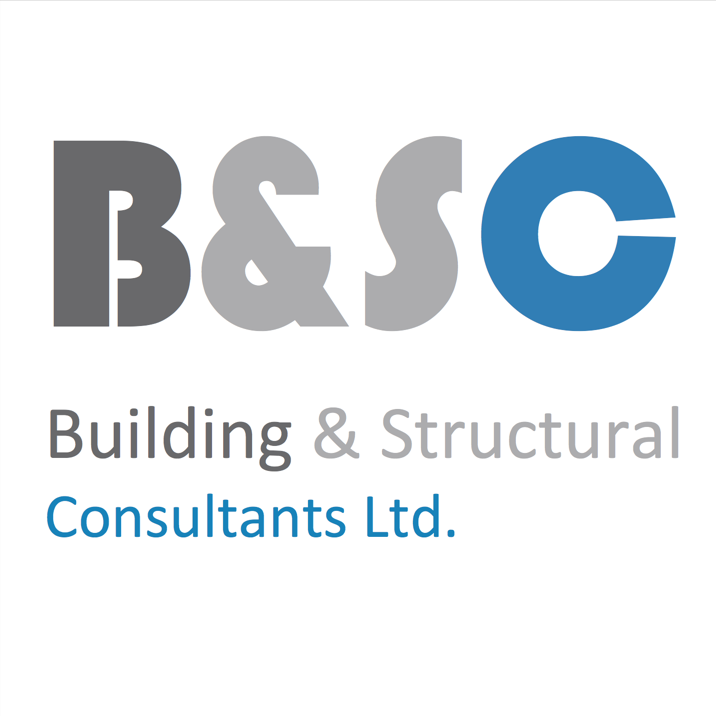Insurer-employed vs independent subsidence consultants
When you have subsidence, it needs to be handled carefully and properly, by an experienced consultant. Adequate and appropriate investigations need to be undertaken not only to correctly diagnose the precise cause, but also to secure sufficient evidence to persuade a third party (such as a neighbouring tree owner) to take appropriate action to stop the problem.
Which sort of professional consultant is best?
Several traditional types of consultant can be experienced in subsidence investigations; Building Surveyors, Structural Engineers, Professional Builders to name a few. But that is not to say that any such professional is experienced in subsidence, far from it. Having several years of practical experience in diagnosing and investigating subsidence is far more important than belonging to a professional body or having professional qualifications. As far as I am aware, none of the syllabuses of the entrance examinations (or qualifying degrees) to the various professional bodies such as the Royal Institution of Chartered Surveyors (RICS), the Institution of Structural Engineers (IStruct.E), Institution of Civil Engineers (ICE), Chartered Institute of Building (CIOB), Chartered Association of Building Engineers (CABE) have any significant content on domestic subsidence. This is because the subsidence industry is a relatively new one and is not traditionally part of any one of these disciplines.
Structural Engineers are perhaps more often traditionally seen as the go-to profession when it comes to structural movement and cracking, but structural engineering education is aimed more at designing and analysing new more complex structures, than dealing with cracking to houses. Structural Engineers only started becoming involved in subsidence investigations in the late 1970s (see blog “Is the UK Out of Step With the Rest of the World on Subsidence” for how that came about) and for a number of years it was the norm to appoint a Structural Engineer in a subsidence investigation, even though many had little or no experience of it.
These days, appropriately experienced professionals drawn from various professions come under the umbrella of “Subsidence Consultants”, though there is (currently) no professional body for these, nor any educational qualification programmes. You should choose a Subsidence Consultant based on their experience and reviews from past customers / reputation. Search online for Subsidence Consultants and you will find several.
Insurance companies and their appointed Loss Adjusters directly employ their own Subsidence Consultants to deal with subsidence claims from their policyholders, and will usually offer their services (at no cost to you) in preference to reimbursing you the cost of your own chosen independent consultant. Insurers much prefer this as they retain control over the consultant, who is often under some influence to minimise the cost of investigations and repairs for the insurer that is employing them. This is understandable as subsidence costs the insurance industry millions every year and it is important to avoid unnecessary cost. It is not always helpful to consumers, however.
Most domestic buildings insurance policies cover you for “professional fees necessarily incurred” (in the reinstatement of any insured damage) and all insurers accept that it is necessary to engage a subsidence professional to deal with a subsidence problem. You can therefore insist that your insurers reimburse you the (reasonable) cost of your own chosen consultant (providing they are appropriately experienced). Insurers generally dislike this approach as they lose the element of control over the consultant, and although they are not bound to accept any consultant’s recommendations or opinions, they can become more involved in disputes with their policyholders where customer-employed consultants are used. A key role in the the task of the insurer-employed Subsidence Consultant is the management of customer expectations. Without the interference from an customer-employed consultant, an insurer-appointed consultant can keep costs down by leading a customer to accept the limitations which they intend to apply to the claim from day 1.
There are a few policies which specifically state that professional fees are only payable where they are accepted in advance by the insurer. In these cases it is rare that an insurer will accept the fees of an independent Subsidence Consultant employed by the customer. In the vast majority of cases, however, the cover provided is less stringent and customers can claim for their own consultant’s (reasonable) fees – even though you may need to battle for it to some extent. Some Loss Adjusters are very reluctant to let go of the authority they have been given by the insurer to handle the subsidence consultant’s role, and will tell a customer that they can’t claim for their own consultant’s costs – but such decisions are frequently overturned when a customer makes a direct approach to the insurer in the matter, and is persistent.
Even if you are unable to claim for your preferred consultant’s fees though, you always have the right to pay for a second opinion whenever you wish, and if that opinion is at odds with the insurer-employed consultant’s, then you should be reimbursed the fees you paid for the second opinion, and the insurer should be more likely to accept your claim for their ongoing involvement. A second opinion need not be very costly so if you are concerned about the approach your insurer-employed consultant is taking, talk to an independent Subsidence Consultant. Many will give you a little free initial advice over the telephone so you can decide whether it might be worth engaging them or not.
To illustrate a typical difference in approach between consultants, relative to clay shrinkage subsidence, look at the case where a street tree is causing subsidence to a house. A low-cost skimped or poorly-timed site investigation may not find root evidence or desiccation in the clay samples (both key elements in dealing properly with street tree subsidence claims – see bandsc.co.uk/when-street-trees-cause-subsidence/) and the net result is that the local authority can refuse to remove the tree, but may reduce it slightly perhaps. The consultant carries out a short period of monitoring (again saving on costs), but misses the crucial period of late summer / autumn and declares that the property is now stable so repairs can go ahead, which they organise. Of course, the problem just comes back during the next hot summer and you’re back to square one! I have seen this sort of thing time and time again with some insurer-employed consultants.
An independent consultant might well be more likely to spend a little more and take greater care over the site investigations and monitoring, but achieve better evidence to demand that a local authority removes the tree (or constructs a root barrier). They are also less likely to launch into superstructural repairs too early when the movement is still in fact likely to be ongoing and the problem would almost certainly return.
Of course, there are good and bad consultants on both sides of the divide and you may not know just how good yours is until well down the line into the investigation process. Remember though, that an independent consultant will not have the sort of time and cost pressures that an insurer-employed one might, so is more likely to be more thorough. Also, having worked as an insurer-appointed consultant for many years myself I can testify to the fact that they have huge workloads and are mostly unable to give the same level of customer attention that most independents can.
Bob Gibson, FFPWS – Subsidence Consultant (Structural Engineer & Building Surveyor)


